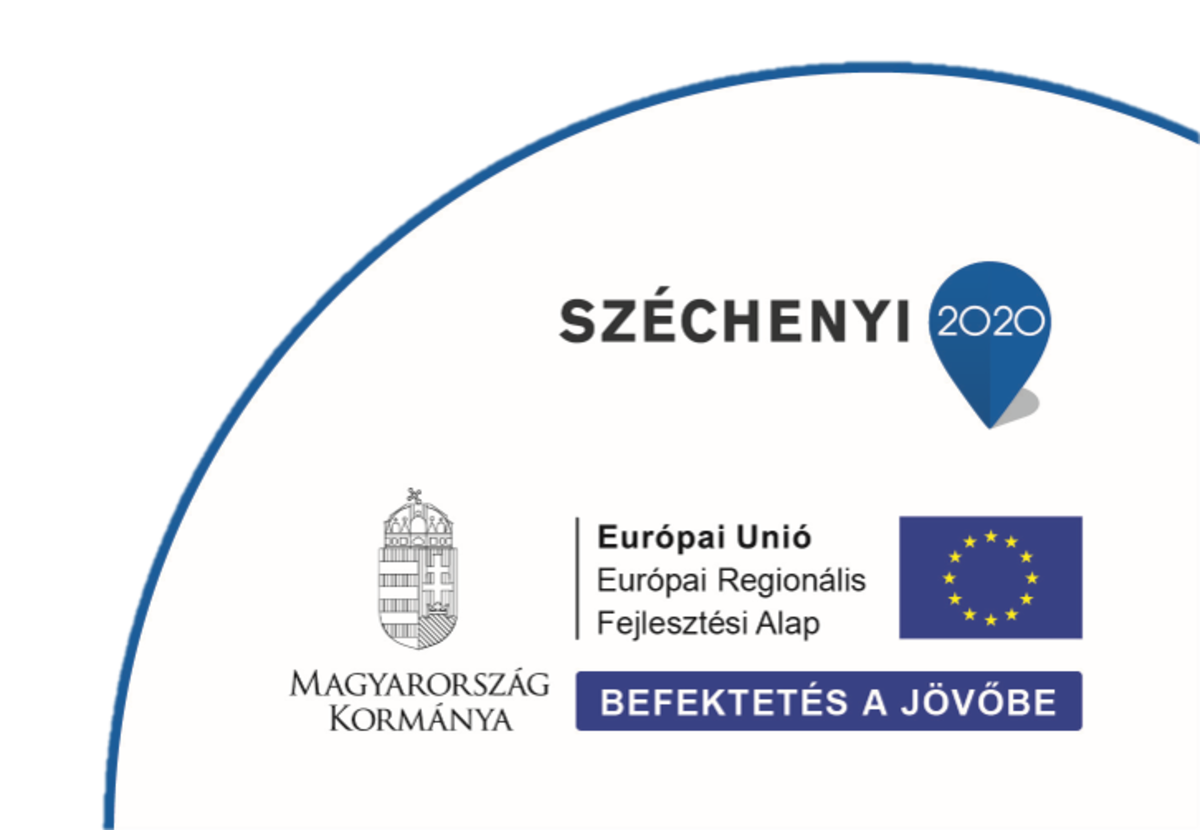Location: East-Central Europe
Official name: Republic of Hungary
Head of State: Katalin Novák
Head of Government: Dr. Viktor Orbán
Area: 93,030 km2
Capital: Budapest
Largest towns: Debrecen, Miskolc, Szeged, Pécs, Győr, Székesfehérvár
Time zone: GMT + 1 hour
Population: 9,919,128 (July 2014, est.); 9,825,704 (July 2018, est.)
Ethnic groups: Hungarian 85.6%, Roma 3.2%, German 1.9%, other 2.6%, unspec. 14.1% (2011 est.)
Religions: Roman Catholic 37.2%, Calvinist 11.6%, Lutheran 2.2%, Greek Catholic 1.8%, other 1.9%, none 18.2%, no response 27.2% (2011 est.)
Climate: temperate; cold, cloudy, humid winters; warm summers
Geography: landlocked; strategic location astride main land routes between Western Europe and Balkan Peninsula as well as between Ukraine and Mediterranean basin; the north-south flowing Duna (Danube) and Tisza Rivers divide the country into three large regions.
Terrain: mostly flat to rolling plains; hills and low mountains on the Slovakian border. Highest point: Kékes (1,014 meters). Lowest point: Tisza River 78 m. Main rivers and lakes: Danube, Tisza, Lake Balaton, Lake Velence.
Natural resources: bauxite, coal, natural gas, fertile soils, arable land
Land use: arable land: 48.5%, permanent crops: 2%, permanent pasture: 8.4%
Forest: 22.5%
Irrigated land: 1,721 sq km (2012)
Environment: air and water pollution are some of Hungary's most serious environmental problems; water quality in the Hungarian part of the Danube has improved but is still plagued by pollutants from industry and large-scale agriculture; soil pollution
Working age population: 6.2 million (2016) Update:
Working age population - by occupation: agriculture: 7.1%, industry: 29.7%, services: 63.2%
Unemployment rate: 4.4% (Jun 2017) Update
Agriculture - products: wheat, corn, sunflower seed, potatoes, sugar beets; pigs, cattle, poultry, dairy products
Industries: metallurgy, construction materials, processed foods, textiles, chemicals (especially pharmaceuticals), motor vehicles, IT, electronics, software
Industrial production growth rate: 7.4 (2017 est.) Update
Exports of goods: EUR 104.9 billion (2018) 4.2% over 2017 (CSO) Updates
Commodities: machinery and equipment 53.5%, other manufactures 31.2%, food products 8.7%, raw materials 3.4%, fuels and electricity 3.9.
Main partners: Germany 25.6%, Italy 4.6%, Romania 6.4%, Austria 5.8%, Slovakia 5.9%, France 4.6%, UK 4.2%
Imports of goods: EUR 99.3 billion (2018), 6.3% over 2017 (CSO) Updates
Commodities: machinery and equipment 45.4%, other manufactures 34.3%, fuels and electricity 12.6%, food products 5.3%, raw materials 2.5%.
Main partners: Germany 25.1%, Russia 8.8%, Austria 6.9%, China 14.6%, Slovakia 5.6, Italy 5.2%, Poland 4.7%, Netherlands 4.1%
GDP (purchasing power parity): $289.6 billion (2017 est.)
GDP (per capita): $29,600 (2017 est.)
GDP - real growth rate: 4.9% (2018 est.)
GDP - composition by sector of origin: agriculture: 3.9%, industry: 31.3%, services: 64.8% (2017 est.)
Gross national saving: 25.7 % of GDP (2017 est.)
GDP - composition, by end use (2017 est.):
household consumption: 49.6%
government consumption: 20%
investment in fixed capital: 21.6%
investment in inventories: -1%
exports of goods and services: 90.2%
imports of goods and services: -82.4%
Inflation rate (CPI): 2.8% (2018 est.)
Current account balance: USD $6.339 billion (2017 est.)
Deficit of the general government sector: -2.2 of GDP (2018 est.)
Public debt: 73.9% of GDP (2017 est.)
Gross foreign debt (excl. FDI, other loans): EUR 81 368 million (end 2015, NBH)
Reserves in foreign exchange and gold: $27.02 billion (31 December 2017 est.)
Stock of direct foreign investment - at home: $302.9 billion (31 December 2017 est.)
Stock of direct foreign investment - abroad: $225.3 billion (31 December 2017 est.)
Latest Financial Report of the Hungarian National Bank
Currency: Hungarian forint
Central Bank official exchange rates on 9 April 2019:
EUR 1 = HUF 321.01
USD 1 = HUF 284.53
CHF 1 = HUF 285.0
GBP 1 = HUF 372,99
(for more and updates visit the Central Bank website
Public holidays:
• 1st January (New Year)
• 15th March (anniversary of the 1848/49 revolution and war of independence)
• 1st May (Labour Day)
• 20th August (foundation of the Hungarian statehood)
• 23rd October (anniversary of the 1956 revolution and war of independence)
• 25-26th December (Christmas)
• Easter Sunday and Monday
• Whit Sunday and Monday
• 1st November (All Hallows' Day)
For a comprehensive update see:
Hungary - Economic forecast summary (November 2017)
- CIA's World Fact Book Hungary
Sources: CIA Factbook, Central Statistical Office, Hungarain National Bank
